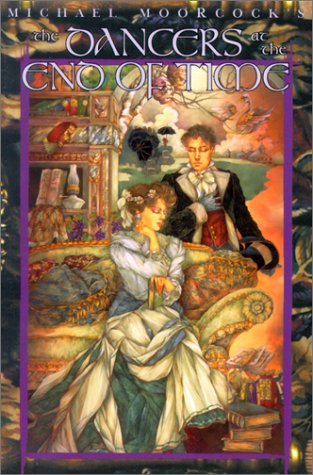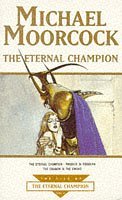
The Black Corridor
Book Description
A cosmic nightmare unfolds as humanity's last survivors hurtle through a vast, empty void. The crew of a derelict spaceship grapples with their own demons and each other, battling both psychological decay and the haunting specter of their lost world. Tensions spark in the claustrophobic corridors as secrets unravel and loyalties fracture. With time slipping away, will they find a way to reclaim their sanity and purpose, or will the dark abyss claim them forever? As despair thickens the air, who can be trusted when survival hangs by a thread?
Quick Book Summary
Set within the isolated confines of a starship adrift in space, "The Black Corridor" by Michael Moorcock charts the psychological unraveling of humanity's last hope. Ryan, a pragmatic yet haunted survivor, leads a desperate expedition away from a dying, anarchic Earth in search of a habitable new world. Trapped alongside a crew of family and acquaintances, Ryan faces mounting paranoia, hallucinations, and the chilling effects of prolonged isolation. The ship becomes a pressure cooker as the boundaries between reality and delusion blur, loyalties fracture, and the hope of salvation slips away. Moorcock deftly explores the corrosive effects of fear, distrust and loneliness, asking whether humanity's greatest threats lie in the vast emptiness outside, or within our own minds.
Summary of Key Ideas
Table of Contents
Psychological Decay and Isolation
Ryan, the main protagonist, escapes the escalating violence and chaos of Earth by commandeering a starship bound for a distant planet. The world left behind is depicted as a fractured place, torn apart by war, paranoia, and the erosion of social order. Moorcock introduces the crew as a cohort of Ryan's family and acquaintances—each traumatized by Earth's decline and uncertain about the new world ahead. The initial motive is hope for survival, but even from the voyage's outset, tension and mistrust simmer beneath the surface.
Breakdown of Trust and Societal Norms
As the journey unfolds, psychological strain intensifies on board. The monotony of space, confined quarters, and lack of meaningful human interaction slowly degrade the crew's sanity. Ryan relies on the ship’s computers and logs his observations, but increasing hallucinations and dreamlike sequences suggest his grip on reality is slipping. Isolation acts as both a physical and psychological antagonist, forcing each member to confront not just outer threats but the dark recesses of their own minds.
Survival Amid Hopelessness
Paranoia and suspicion dominate interactions as stress mounts. The ship’s claustrophobic environment becomes a crucible for personal animosities and old resentments, leading to dangerous, irrational behavior. Trust evaporates: each person suspects others of sabotage, deceit, or madness. With Ryan as the reluctant leader, decision-making becomes fraught, and alliances fracture. The crew’s struggle to maintain order mirrors the societal collapse they fled, reflecting Moorcock’s bleak view of human nature under enormous strain.
The Blurred Line Between Reality and Delusion
Moorcock blurs the lines between reality and delusion through vivid, unsettling imagery and unreliable narration. Ryan—our anchor—drifts between actual events and psychological projections, often unable to distinguish nightmares from waking existence. The ship’s corridors, both literal and metaphorical, symbolize a liminal space between past and future, sanity and madness. The story explores whether salvation lies in reaching a new world or achieving inner reconciliation.
The Weight of Personal and Collective Guilt
By the novel’s end, despair has all but enveloped the crew and Ryan himself. The search for a safe haven becomes secondary to the struggle for individual sanity and meaning. Key characters are forced to reckon with their regrets and culpabilities, both for Earth’s fate and their own actions. The novel leaves the reader questioning whether society’s collapse was inevitable, and whether the seeds of destruction traveled with humanity into the stars. Moorcock’s haunting tale ultimately challenges the hope that escape can bring redemption in the face of inner darkness.
Download This Summary
Get a free PDF of this summary instantly — no email required.





